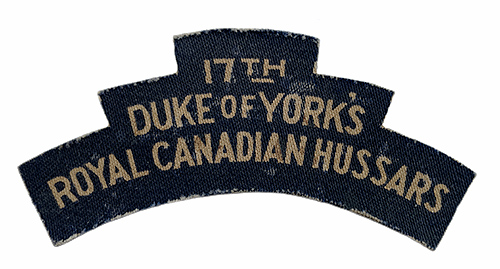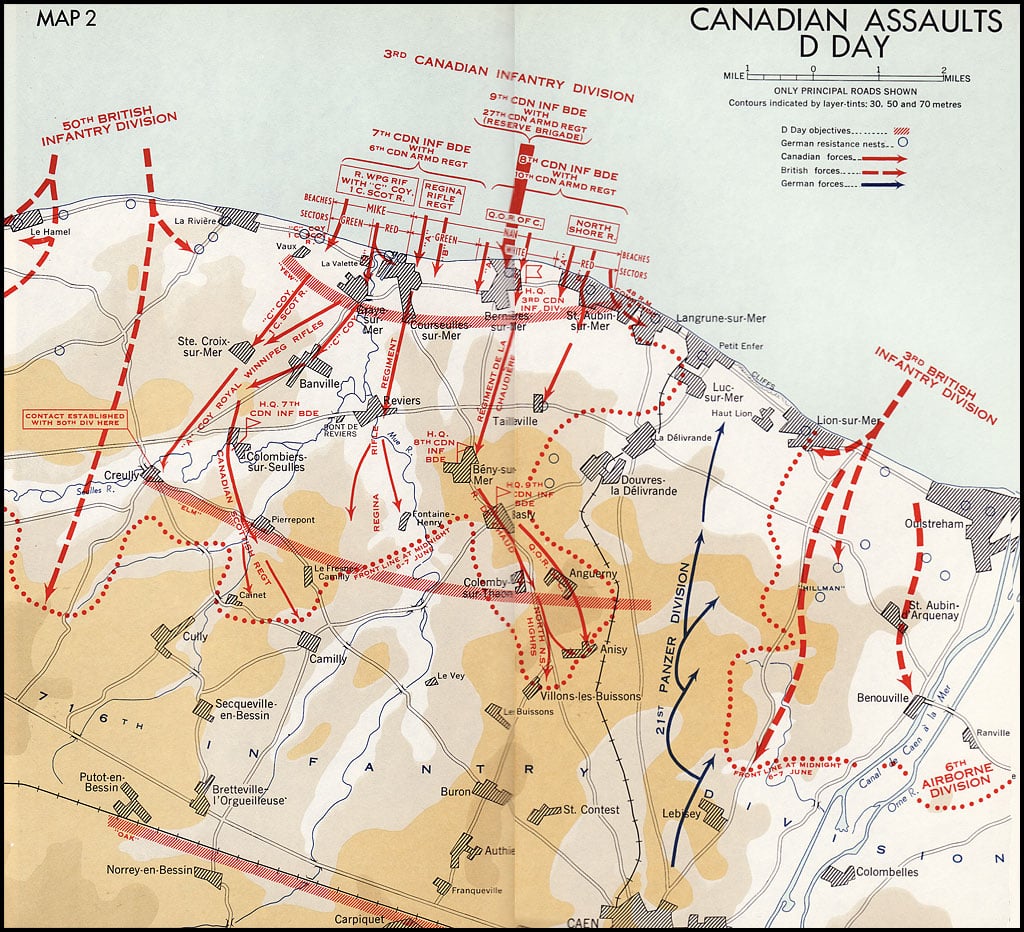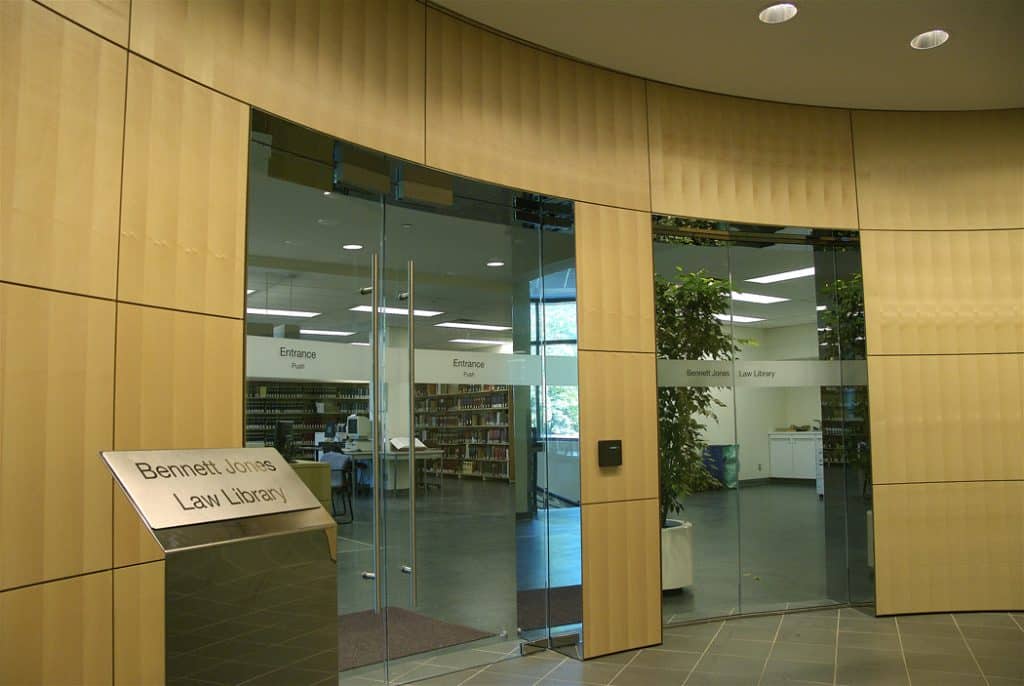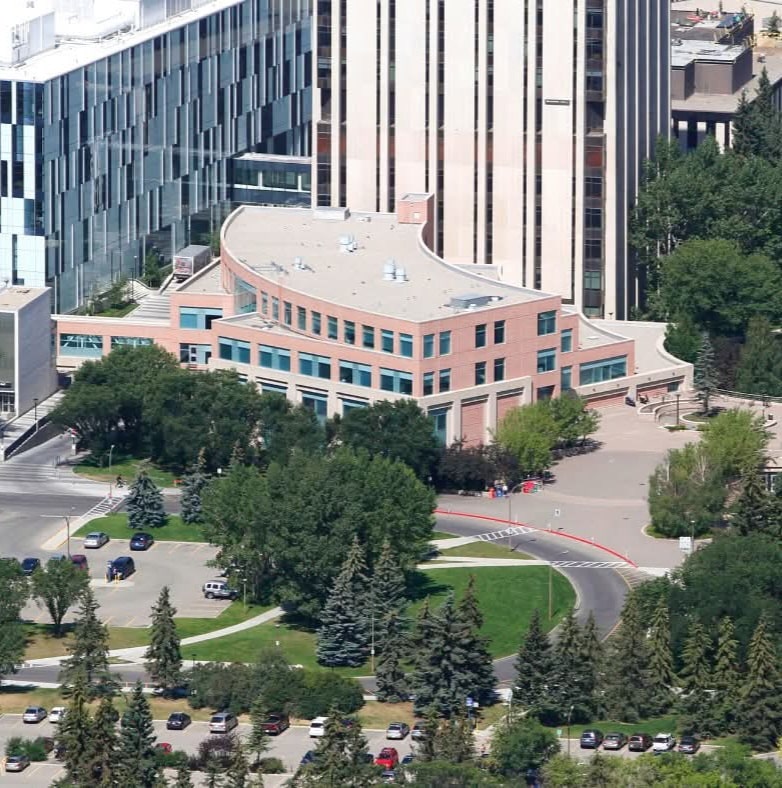Brenda McCafferty, LASA Archivist
Captain Walter Lloyd Hutton
W. Lloyd Hutton was born April 25, 1915, in Lacombe, Alberta. The son of George Gladstone Hall and Annie Mary Hutton of Calgary. He was well-known in Calgary and in Edmonton university circles by his nickname “Blimey.”
He graduated from Western Canada High School in Calgary in 1933 and attended the University of Alberta between 1933 and 1938. He received his Bachelor of Arts majoring in history and economics in 1937, and his LL.B. in 1938. While attending law school he was an excellent student and a member of the Debating Club. There were twenty-one students in his law class, many of whom went on to extraordinary legal careers, including Richard Hurlburt, Hugh John MacDonald, D.P. McLaws, Robert Barron, Edward Bredin, Ernest Cote, John Decore, K. Dixon and two female students, Lenore Costello and Grace Hope. Hutton was a member of the Alberta Bar, British Columbia Bar, and the Quebec Bar Associations. He articled in Calgary to William Henry McLaws K.C. of McLaws, Redman & Lougheed law firm, but completed his articles in Vancouver.

According to a May 1939 letter written by Hutton to George Steer, K.C. and copied to E.W.S. Kane, Secretary of the Law Society of Alberta, Hutton was good friends with Donald P. McLaws, and they wished to be called to the Bar together. To facilitate the request, Hutton asked whether his Special Practice exam, scheduled for June 1st, could be marked and graded by the following day to accommodate his admission to the Bar on June 3. Initially, the Law Society of Alberta advised that his exam could not be graded until June 3 because of King George’s visit to Edmonton on June 2. However, in the end, his request was granted and Hutton and D.P. McLaws were admitted to the Law Society of Alberta together on Monday, June 5, 1939. Undoubtedly a special occasion for both.
Lloyd Hutton was married on December 23, 1939, to Kathleen Gertrude “Kay” Beach of Gleichen, Alberta. Kay also attended the University of Albera where she met Lloyd.
Following law school, Hutton worked for two years from June 1938 to June 1940 as a junior barrister at a law firm in Vancouver. After which, he accepted a job in Montreal, where he and Kay planned to settle permanently. They passed through Calgary on their way to Montreal to visit his in-laws and mother one last time.
Following her husband’s death, Kay attended graduate school in Ann Arbor Michigan. They had no children. She lived to be 101.
During his brief time in Quebec, Hutton learned to speak and write French and was working as a lawyer at McColl Frontenac Oil Co. Ltd. in Montreal at the time of his enlistment. The company focused on oil refining and distribution and his employer promised to hold his job for him until he returned.
Serving with the 17th Duke of York, Royal Canadian Hussars, R.C.A.C. of the 7th Rec’ce (Reconnaissance) Regiment, Hutton enlisted on May 2, 1941. He received high military ratings on all accounts, especially for his fitness, sense of responsibility, and administrative ability. He was promoted to Captain on October 20, 1942.
Hutton sailed overseas to France from the U.K. on July 15, 1944, shortly after the D-Day landings. He was killed in action on July 29, 1944, near Juno Beach.
There remains a headstone at the Beny-sur-Mer Canadian War Cemetery, located at Reviers/Calvados France, approximately four kilometres from Juno Beach, fifteen kilometres northwest of Caen, and eighteen kilometres east of Bayeux. The same cemetery has the gravesites of the 335 Canadian officers and men killed in action or died of wounds at D-Day, along with Canadians who died in earlier and subsequent stages of the fighting in Normandy.
There are a total of 2,048 burials in Beny-sur-Mer Canadian War Cemetery. His grave marker reads:
IN DEATH AS IN LIFE
HE GAVE HIS BEST
EVER LOVINGLY REMEMBERED
He was 29 years of age.
Cyril Nisbet Tingle
Cyril Nisbet Tingle, known as Pete, was born on August 4, 1909, in Stettler Alberta. He was the eldest son of Cyril Nesbit Tingle and Beryl Broughton McDermot, both of whom emigrated to Alberta from Jamaica.
Cyril was educated in Hanna, Alberta. He attended the University of Alberta, obtaining his LL. B in 1932. There were eleven law students in the class of 1932, including Wilbur Bowker (longtime Dean of the University of Alberta Law School) and William O. Parlee.
A brilliant student, Cyril was awarded the Chief Justice Gold Medal as the top graduate in his law class, as well as winning the Governor-General’s medal and Carswell Prize. In the depths of the Depression, Pete was fortunate to obtain articles with William Dixon Craig in Edmonton. Afterwards, he received the Imperial Order Daughters of the Empire (I.O.D.E.) scholarship which entitled him to attend a year at London University in England where he specialized in political economy. On his return to Canada in 1935, Tingle purchased the law practise of Buckley, MacKenzie, Ogilvie & Speers in St. Paul, Alberta.

He was admitted to the Alberta Bar by Justice William Ives on April 24, 1935.
Cyril was married at Two Hills, Alberta to Margaret H. Fraser of Chilliwack, B.C. in 1937. They had one daughter, Jean Mabelle born 1938, and two young sons Richard Douglas born 1940 and Aubrey James born 1943. The family resided in St. Paul, Alberta.
Tingle enlisted in the Royal Canadian Air Force after the outbreak of war and following basic training was posted to the Estates Branch in Ottawa. He then attended Kingston Military College to study allied military governments of occupied territories. Two years later he joined the Civil Affairs branch in Kingston, Ontario and in August 1944 was posted overseas attached to the British Second Army as a civil affairs officer.
On November 27, 1944, in Belgium, Tingle was a passenger in a car when the driver, having been blinded by oncoming headlights, crashed into the rear end of a parked car. Following the accident, he was rushed to the British General Hospital by a passing army jeep but was pronounced dead upon arrival.
The bare facts are described in a letter from Major A.J. Greathed, Civil Affairs Detachment that were also revealed in a subsequent court inquiry:
“Pete had been to Brussels with a Belgian liaison Officer and another officer. He had been working on the food situation and it was decided the only way to get action in obtaining new ration books was to make a personal visit. This they had done, and the mission was successfully accomplished. They were coming back about six o’clock at night and the Belgian officer was blinder by headlights and the car crashed into the back of a stationary lorry. Some soldiers who were around got them out of the car and Pete, who was unconscious was taken directly to a hospital but was dead when they arrived.”
Another touching letter included in his war records was written to his wife from Reverand H. Pritchard-Williams, C.F. who presided at his funeral on December 3, 1944:

“He was buried in the country grounds of a convent where the sisters look after the graves of the fallen with tender care. Four of his staff colleagues were present at the funeral and they brought with them two lovely tributes of white chrysanthemums and laurel wreaths. I witnessed these strong men, who are well acquainted with death, deeply moved as they paid their last solemn tribute to their comrade in arms.”
His brother A.M. Tingle, and a cousin L.J. Tingle (both R.C.A.F. members) were also killed in the war in January 1943 and in March 1944, respectively.
Inscription on grave:
I HAVE FINISHED THE WORK WHICH THOU GAVEST ME TO DO
~St. John XVII. 4









